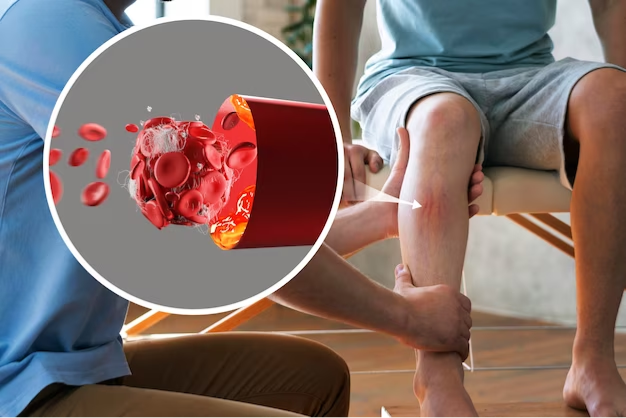
Caritas Heart Institute
Cardiovascular Exercise: A Key to a Healthy Heart
December 2023

Peripheral Artery Disease (PAD) is a common but often underdiagnosed condition that affects the blood vessels outside the heart, mainly the arteries in the legs. PAD occurs when these arteries become narrowed or blocked due to a buildup of fatty deposits, reducing blood flow to the limbs. Left untreated, PAD can lead to serious complications, but the good news is that there are effective interventional treatment options available to manage this condition. In this article, we will explore these treatment options and how they can improve the quality of life for individuals with PAD.
Understanding Peripheral Artery Disease (PAD)
PAD is a circulatory problem that primarily affects the lower extremities. It is often characterized by symptoms such as pain, cramping, or weakness in the legs, especially during physical activity. PAD is closely related to atherosclerosis, a condition where fatty deposits (plaques) build up in the arteries, causing them to narrow and harden.
Interventional Treatment Options for PAD
Benefits of Interventional Treatment for PAD
- Minimally Invasive: Interventional procedures are typically less invasive than open surgery, which means smaller incisions, reduced pain, and quicker recovery times.
- Improved Blood Flow: These procedures effectively restore blood flow to the legs, alleviating symptoms like pain and cramping.
- Reduced Risk: Interventional treatments come with a lower risk of complications compared to open surgical procedures.
- Enhanced Quality of Life: Patients experience a significant improvement in mobility and overall quality of life following successful intervention.
Peripheral Artery Disease (PAD) can have a significant impact on an individual's life by limiting mobility and causing discomfort. Fortunately, interventional treatment options offer effective and minimally invasive solutions to manage this condition. If you or a loved one are experiencing symptoms of PAD, it's essential to consult with a healthcare provider who can assess your condition and recommend the most suitable treatment approach. With the right interventions, individuals with PAD can look forward to improved circulation, reduced symptoms, and a better quality of life.

Caritas Heart Institute
December 2023